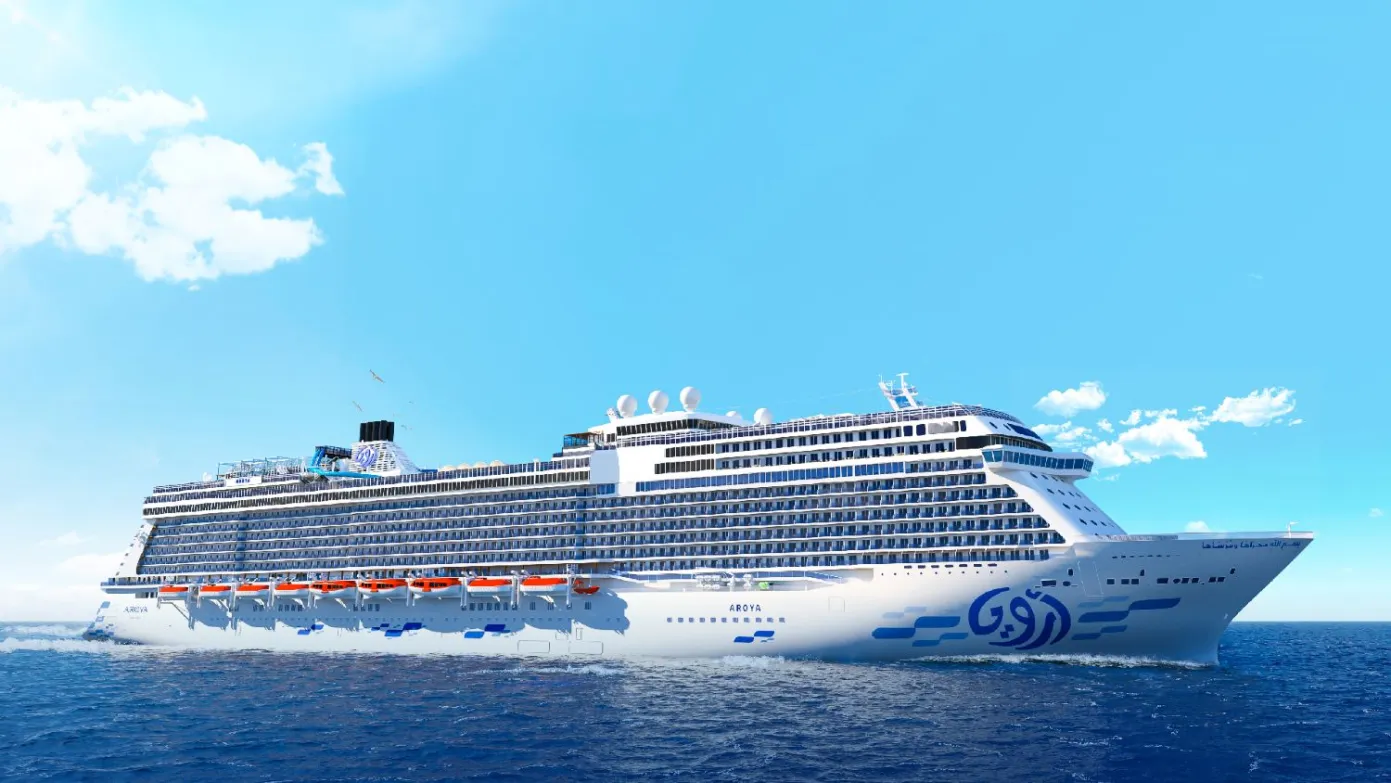The International Maritime Organization (IMO) is actively working to improve domestic ferry safety by setting global safety standards, providing expert training, and promoting regional cooperation. As part of this effort, the IMO is currently running a campaign, through April 30, to share proven best practices in ferry safety, ranging from innovative safety measures to technological advancements.
Each shared insight contributes to enhancing passenger and crew safety, reducing operational risks, and strengthening ferry systems worldwide. The IMO urges stakeholders to participate by submitting their feedback and experiences to Dr. Anish Hebbar at [emailprotected].
According to the circular, a “best practice” in ferry safety is defined as a method, technique, or process that consistently delivers better results than alternative approaches. To help identify and report best practices, the following criteria may serve as a guideline:
To further support these efforts, Resolution MSC.518(105), adopted by the IMO in April 2022, introduces Model Regulations on Domestic Ferry Safety. These voluntary guidelines aim to reduce the high number of casualties associated with domestic ferry operations. They provide a framework for Member States to develop or update their national legislation, addressing key areas such as vessel construction, safety management, crew training, and operational procedures.
Designed to be adaptable to varying national contexts, the IMO encourages Member States to implement these regulations based on risk assessments and to notify the IMO Secretariat upon adoption.
IMO Resolution MSC.518(105) includes a critical checklist, stating that if the answer to any question is ‘No,’ the domestic ferry must not sail, and the master must not be instructed to proceed, unless written authorization is granted by a competent authority.
Ferry safety remains a critical global issue, with recent incidents highlighting both progress and persistent challenges. On April 27th, a tragic collision occurred when a 37-foot recreational boat struck a ferry carrying 45 passengers near the Memorial Causeway Bridge. The impact resulted in one fatality and injuries to at least 12 individuals, six of whom were classified as trauma alerts. The boat fled the scene but was later apprehended. Investigations are ongoing to determine the cause and assign accountability.
Earlier in April 2025, over 100 people lost their lives when the overcrowded Zico ferry sank off the northern coast of Mozambique. The vessel, which was not licensed for passenger transport, underscores significant regulatory gaps and the risks posed by unregulated ferry services.
While substantial progress has been made in regions with strong regulatory oversight, serious gaps remain, especially in developing countries where domestic ferry services are vital but often under-regulated and under-resourced. Some ferry operators are taking steps to enhance safety by implementing tracking systems, automated monitoring, and digital ticketing for better passenger management and oversight.
The ongoing efforts of the IMO, alongside the global maritime community’s commitment, are critical in transforming ferry safety from a series of isolated incidents into a consistent standard of excellence.






